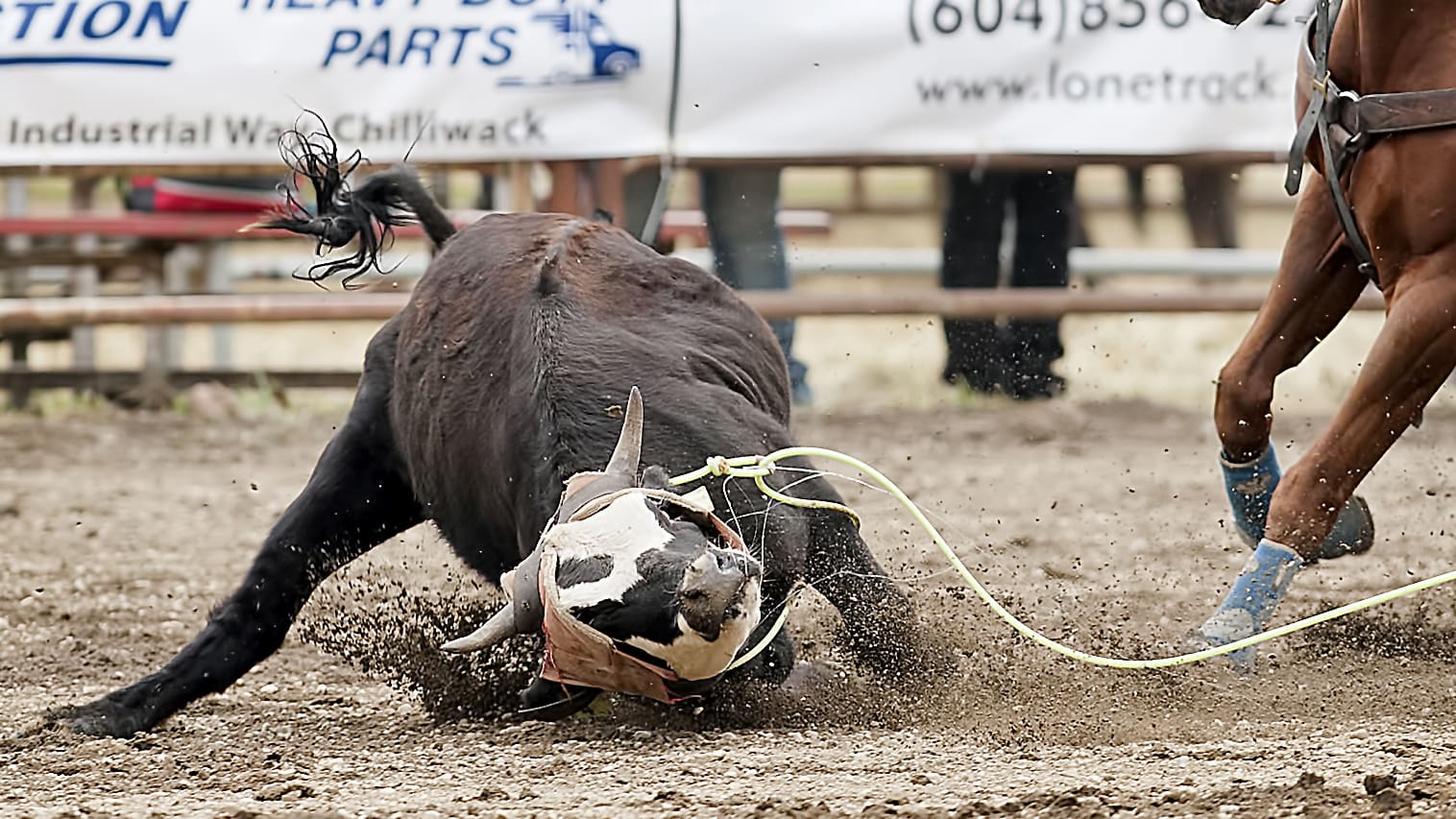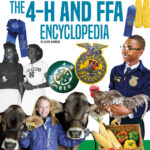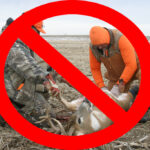Rodeos are often portrayed as exhilarating showcases of traditional cowboy culture, capturing the attention of both local spectators and tourists alike. The exhilarating spectacle of bucking broncos, roping cattle, and barrel racing draws crowds, and for many, it elicits an enthusiastic cheer. Yet, beneath the surface of this entertainment lies a growing concern about the ethical implications and inherent cruelty associated with such events.
At the heart of the debate surrounding rodeos is the welfare of the animals involved. Critics argue that the practices employed during these events can lead to significant stress and injury. For instance, the physical toll on the animals used in bucking events, where horses are incentivized to display resistance, raises serious ethical questions. Proponents of rodeos often claim that these animals are well-treated and that they possess an innate excitement that drives their performance. However, claims of skillful handling and care do not mitigate the potential risk of injury or distress.
Animal welfare advocates shine a spotlight on the methods used to induce those adrenaline-pumping performances. Animals are often subjected to various stress-inducing techniques, which some argue are cruel under the guise of entertainment. For instance, the use of flank straps is common in many rodeo events. These straps are applied to the flank of a horse to encourage bucking. While rodeo advocates maintain that this is harmless, critics contend that this method causes agitation and discomfort to the animal, undermining the claim of humane treatment.
Moreover, beyond the physical injuries inflicted during the events, one must consider the psychological impact on rodeo animals. The excitement of the arena can easily morph into a deeply troubling scenario for many creatures. The confusion and fear that these animals experience when they are pushed into the arena with loud noises and cheering crowds can lead to long-term mental distress. Cattle and horses, known for their sensitivity, may suffer from heightened anxiety, which can affect their overall well-being.
Injuries can be commonplace in rodeos, contributing to an alarming rate of suffering among the animals involved. Bruises, lacerations, and broken bones can occur as a result of the competitive nature of the events. The question then arises: is the risk of injury justifiable under the banner of entertainment? Advocates for animal rights argue that the risk taken is much too high and that the thrill experienced by participants and spectators does not outweigh the inherent cruelty of the practices involved.
Furthermore, the notion of rodeo as a celebration of culture is often unfounded when one considers its impact on animal welfare. While it cannot be denied that rodeos have historical significance in some communities, it is vital to evaluate whether cultural practices should be continued at the expense of sentient beings. The argument arises: can tradition override the moral obligation to protect those who cannot speak for themselves? When evaluating the continuation of rodeo events, these ethical dilemmas must take precedence over nostalgia or cultural heritage.
A common observation during discussions on rodeo cruelty is the dichotomy of human enjoyment versus animal suffering. The thrill of the event often masks a grievous reality for the participants on four legs. Many spectators may not fully comprehend the extent of the stress that these animals endure, perceiving the events through a lens of excitement rather than empathy. This disconnect between the enjoyment found in such entertainment and its ramifications speaks to a deeper underlying issue: the desensitization towards animal suffering in pursuit of human pleasure.
It is essential to recognize that rodeo events can perpetuate harmful stereotypes regarding the treatment of animals. The glamorization of dominance over animals can inadvertently encourage a culture that trivializes issues of animal rights. By presenting rodeo as a celebrated sporting event, society risks normalizing practices that may be cruel under scrutiny. As the conversation around animal welfare continues to evolve, advocates call for a re-examination of whether rodeos reflect our values as a society, particularly concerning our relationship with animals.
As societies progress and values change, so too does the perception of what is considered acceptable in terms of animal treatment. The growing animal rights movement is gaining momentum, leading to increased scrutiny of practices once viewed as commonplace. Legislative changes have been made in some jurisdictions to either ban or heavily regulate rodeo events, illustrating a shift towards a more compassionate understanding of animal welfare. Community sentiments are steadily evolving, with an emerging consensus that prioritizes ethical treatment over tradition.
Many communities are now hosting alternative events that celebrate the skills of horse and rider, emphasizing harmony over dominance. These events focus on the partnership between humans and animals, showcasing their potential collaboration rather than competition. With this shift in perspective, societies have an opportunity to create a more humane landscape while still honoring the skills and talents associated with the equestrian culture.
In conclusion, the question of whether rodeos are cruel to animals cannot be answered lightly. While they may serve as thrilling entertainment, the cost to the animals involved is steep and potentially devastating. Engaging in a deeper examination of our relationships with these sentient beings leads to critical insights, urging us to reassess our participation in such events. As awareness grows, so does the call for an urgent reassessment of what constitutes entertainment and the ethical implications of our choices. The evolution of societal attitudes can pave the way for a future where animals are treated with the respect and care they deserve, allowing for a coexistence founded on compassion rather than exploitation.








